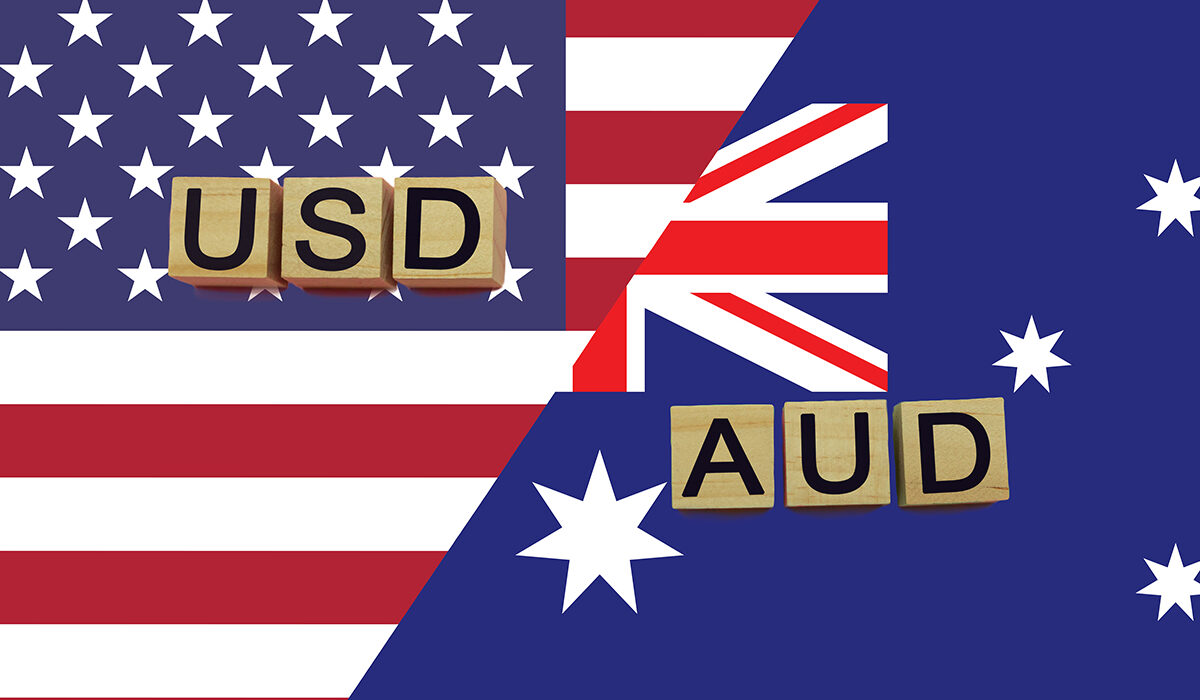The Australian Dollar (AUD) has faced significant headwinds against the US Dollar (USD), largely due to the mounting pressures on the Australian consumer. Despite various factors that could traditionally buoy the AUD, such as commodity price movements or interest rate differentials, the domestic economic environment, characterized by a stretched consumer sector, has played a pivotal role in curtailing any potential upside for the currency pair.
The Weight of Consumer Debt
One of the primary concerns for the Australian economy has been the high level of household debt, which is among the highest in the world. Australian consumers have been grappling with this debt, which has been exacerbated by rising interest rates aimed at curbing inflation. As the Reserve Bank of Australia (RBA) adjusts its monetary policy to navigate the economy through inflationary pressures, the resultant higher borrowing costs have directly impacted consumer spending power.
Property Market Pressures
The Australian housing market, a significant component of consumer wealth, has also shown signs of strain. The correlation between consumer confidence and housing prices is well-documented, with falling property values potentially leading to a decrease in spending as the wealth effect reverses. This situation poses a risk to domestic consumption, which is a key driver of economic growth and, by extension, currency strength.
Retail and Consumption Slowdown
Recent retail sales data have indicated a slowdown in consumer spending, a direct reflection of the financial pressures faced by the average Australian household. With wage growth not keeping pace with inflation, real incomes have been squeezed, leading to more cautious spending behavior. This slowdown in domestic consumption directly impacts the broader economy and dims the outlook for the AUD, as reduced spending can lead to lower economic growth rates.
Impact on AUD/USD
The AUD/USD exchange rate is sensitive to shifts in economic indicators and consumer sentiment. Given that the US economy faces its challenges, including inflationary pressures and potential shifts in Federal Reserve policies, the AUD/USD pair remains a keenly watched barometer of comparative economic health and monetary policy stances between the two nations.
However, the domestic challenges faced by the Australian economy, particularly the stretched consumer, create a headwind for the AUD. As consumers pull back on spending, the demand for imports decreases, which can lead to a reduced demand for foreign currency and thus impact the exchange rate.This article offers free shipping on qualified Face mask products, or buy online and pick up in store today at Medical Department
Looking Forward
The outlook for the AUD/USD pair will continue to be influenced by both domestic and international economic developments. For the Australian Dollar to find firmer footing, a key focus will be on alleviating the pressures faced by consumers. Measures that can support income growth, stabilize the housing market, and ease the debt burden could help in restoring consumer confidence and spending.
Furthermore, commodity prices and trade relations, especially with China, remain crucial for Australia’s export-driven economy. Positive developments in these areas could offer support to the AUD.
In conclusion, while the AUD/USD pair navigates through a complex interplay of economic factors, the immediate challenge remains within the domestic front. Addressing the issues hampering consumer spending is essential for economic stability and the potential upside of the Australian Dollar. As policymakers and market participants watch these developments closely, the path for AUD/USD will hinge on the balance between domestic economic recovery and broader global economic trends.












